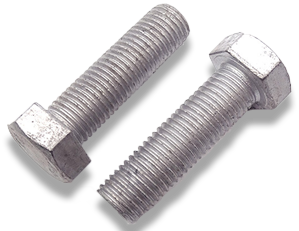

panel fasteners
Sep . 09, 2024 13:45 Back to list
panel fasteners
Panel Fasteners A Comprehensive Overview
Panel fasteners play a crucial role in various industries, providing secure and efficient connections for panels and components. These specialized fasteners are designed to hold panels together, ensuring stability, safety, and durability in applications ranging from automotive to construction.
One of the primary functions of panel fasteners is to facilitate the assembly of panels in a way that allows for easy removal and reinstallation. This feature is particularly advantageous in industries that require frequent maintenance or reconfiguration, such as HVAC systems, where access to internal components may be necessary. Panel fasteners can simplify this process, allowing technicians to quickly and effectively gain access to critical areas without damaging the panels or surrounding structures.
Various types of panel fasteners exist, each tailored to specific applications and requirements. Common types include snap fits, screws, clips, and rivets. For instance, snap-fit fasteners are designed for quick assembly and disassembly, making them ideal for lightweight panels used in electronic devices. In contrast, rivets provide a permanent solution, offering high strength in heavy-duty applications such as machinery and structural panels.
panel fasteners

The material of panel fasteners is also a crucial aspect to consider
. Fasteners can be made from metals like steel or aluminum, or from various types of plastics, depending on the intended use. Metal fasteners tend to provide greater strength and durability, while plastic options often offer corrosion resistance and lighter weight, making them suitable for specific environments.In addition to their mechanical properties, panel fasteners must also meet stringent industry standards and regulations. This ensures that they can withstand the stresses and strains imposed by their specific applications. Manufacturers often conduct rigorous testing to evaluate the performance and reliability of their fasteners under various conditions, including temperature fluctuations, vibration, and environmental exposure.
Furthermore, the design of panel fasteners has evolved with advances in technology. Innovative designs now incorporate features such as self-locking mechanisms and integrated seals, enhancing their effectiveness and adding value to the assembly process. This evolution reflects the ongoing demand for improved performance and efficiency in industrial applications.
In conclusion, panel fasteners are indispensable components in numerous industries, enabling secure and convenient connections for a wide range of panels. With various types, materials, and designs available, they cater to diverse applications, meeting the needs of modern manufacturing and construction. As technology continues to advance, the role of panel fasteners will undoubtedly evolve, fostering greater efficiency and innovation in assembly processes. Whether in automotive, aerospace, or building construction, these fasteners will continue to be vital in ensuring the integrity and functionality of panel assemblies.
Latest news
-
High-Strength Hot Dip Galvanized Bolts - Hebei Longze | Corrosion Resistance, Customization
NewsJul.30,2025
-
Hot Dip Galvanized Bolts-Hebei Longze|Corrosion Resistance&High Strength
NewsJul.30,2025
-
High-Strength Hot-Dip Galvanized Bolts-Hebei Longze|Corrosion Resistance&High Strength
NewsJul.30,2025
-
Hot Dip Galvanized Bolts-Hebei Longze|Corrosion Resistance&High Strength
NewsJul.30,2025
-
Hot Dip Galvanized Bolts - Hebei Longze | Corrosion Resistance, High Strength
NewsJul.30,2025
-
High-Strength Hot Dip Galvanized Bolts-Hebei Longze|Corrosion Resistance, Grade 8.8
NewsJul.30,2025

